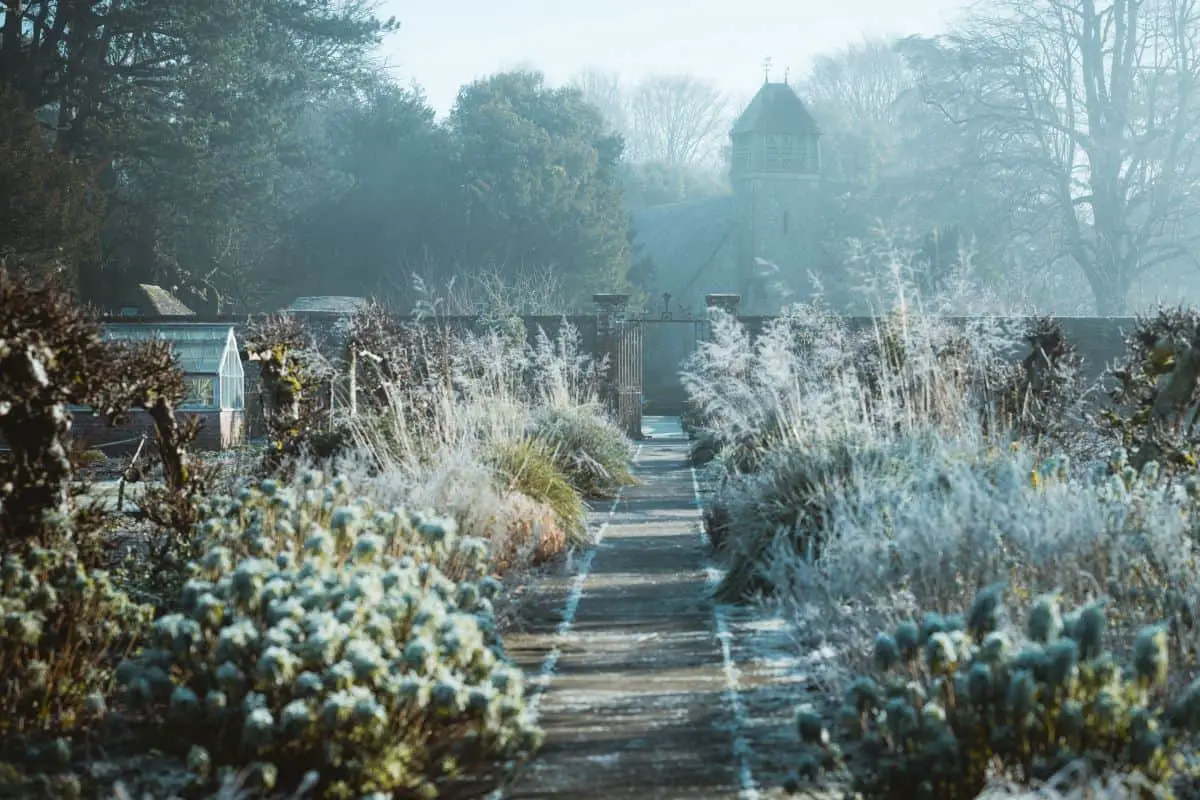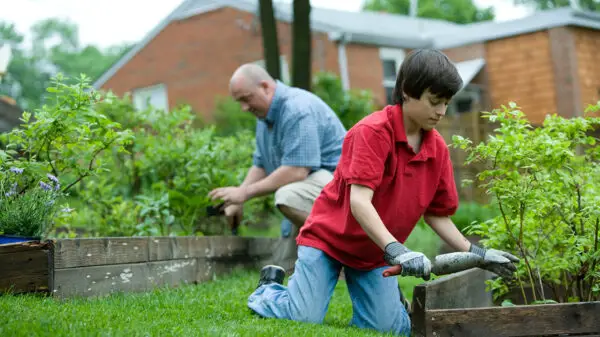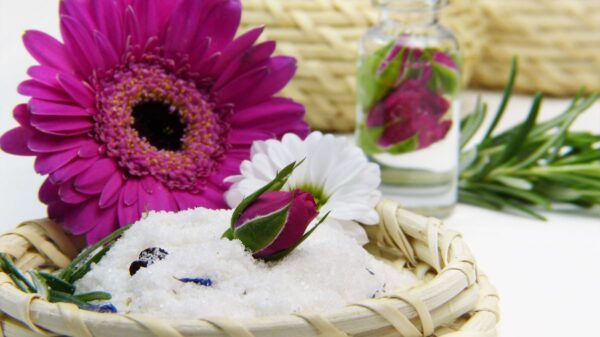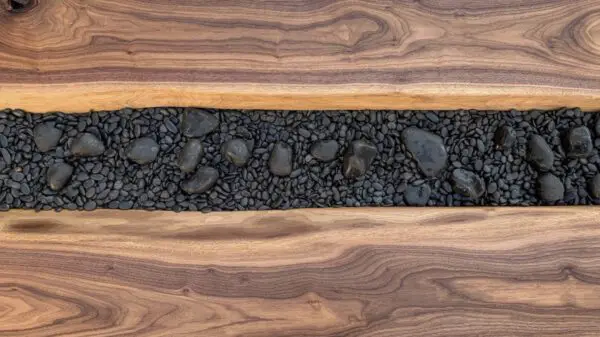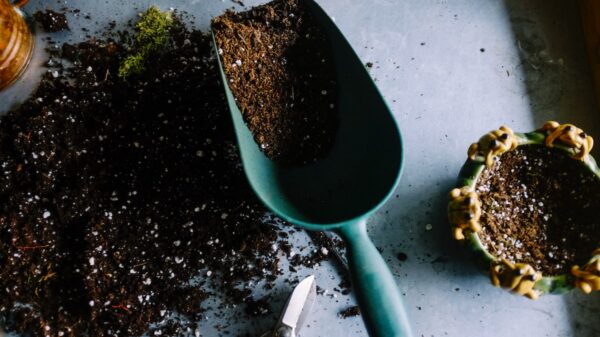Best Ways to Winterize Your Flower Bed
Think of your summer flower bed as an annual, something that needs constant attention to stay healthy and beautiful through the seasons. Cut it back in autumn, divide it when necessary if it’s poised to be overcrowded or worn down.
Then comes winter, the delicate time between seasons when plants go dormant until spring. They need some care then, too, as the warmer months approach. Winter is a difficult time of the year for many homeowners and gardeners.
That’s because it can be hard to protect flowers and plants from the extreme cold and even harder to get them up off their winter sleep. However, you don’t have to compromise your green thumb this year; there are things you can do to protect your flowers and keep them safe for next year.
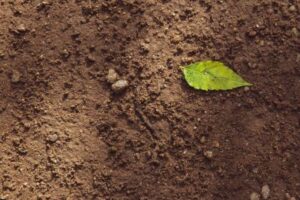
1. Prepare the Soil
The first thing you should do is prepare the soil for winter by adding another layer of mulch around the plant. This will not only protect it from harsh weather but also prevent weeds from growing near your flowers.
To further protect your flower bed, you can also place chicken wire or plastic mesh around the base of your flowers. You can even use old carpeting to cover the base of your flower garden for insulation and to prevent weeds from growing up into it.
2. Protect Flowers
If you have any frost-sensitive flowers in your garden, be sure to protect them from getting frosted. This means you’ll need to cover these plants with a sheet or blanket after their soil has been covered with mulch.
Don’t completely remove the covering until spring, because it will help your flowers grow, and uncovering them too soon may cause damage.
3. Clear Snow
If you live in an area that gets heavy snowfall, be sure to clear the snow away from your plants. If you try to clear it off with a shovel or broom, this may damage the flowers’ stems, so be careful when trying to remove snow. Try using a coarse piece of burlap instead.
4. Irrigation
Preparing for any irrigation that you may need to do is another thing to prepare the soil for winter.
Since the weather changes so much during winter, it’s a good idea to have a hose or sprinkler ready in your flower bed just in case some of the snow melts and the flowers begin to grow again.
5. Cover Exposed Areas
It’s also a good idea to cover any exposed pipes, especially if you live in an area that gets below-freezing temperatures. This will keep the pipes from freezing and bursting.
6. Raise Spring Flowers
If you didn’t get a chance to plant your spring flowers this year, make sure they are up off the ground by about 6 inches or more before winter comes around again.
This is so that the roots will stay dry. If you’re not sure how to do this, just collect some extra dirt and place it around the base of your plants when winter comes around again.
7. Remove Dead Foliage
Many people plant pansies in their flower beds because they are hardy flowers that can survive tough conditions. However, after these flowers have died back in the fall, it’s best to remove the dead foliage. This helps prevent the pansies from spreading diseases and pests, which can kill your flowers.
8. Uncover From Winter
When the first daffodils start blooming, you can begin uncovering any winter covers that are on your plants. However, don’t remove these until all of the spring flowers are up and about. If your daffodils grow later than expected, you can leave the covers on them until they begin to grow.
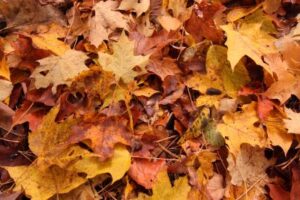
Additional Factors When Winterizing
Here are some other things to consider when winterizing your garden.
Leaves
If your flower bed is overflowing with autumn leaves, you can rake them out or run a leaf blower over the top of the ground to remove them.
If you’re going to save those leaves for mulching in spring, spread a tarp over the bed and pile on as many as possible. Then cover it with mulch, such as bark nuggets or wood chips.
Fertilization
The best time to add fertilizer to your flower beds is in spring when they start growing again. For added protection, you can apply an autumn slow-release fertilizer in the fall just before covering up the bed with mulch.
Garden Supplies
Your garden hose will last longer if you drain it after each use. And be sure to turn off your outside faucets. If you forget and there’s a freeze, you’ll end up with a ruptured pipe because of the expanding ice pushing inside the pipe.
Before putting away your garden supplies for winter, clean them thoroughly so they’re ready when spring rolls around. Also, make sure everything is dry so you don’t get a rust problem.
To prevent tree and shrub roots from heaving out of the ground in spring, stack up some heavy concrete pavers or bricks on top of the root zone to keep them down. This is also a good time to cut back perennials that have started growing too tall for their spot. You should do this in early fall, but it’s easier to see the plants at eye level when you’re standing over them.
Steps To Winterize Your Flower Beds
This is an important time of the year to prepare your flower beds for winter. If you do not want something to come back next year, now is the time to deal with it.
The following things should be done before cold temperatures arrive:
- Pull all weeds that have formed seed heads or are ready to seed. You do not want weed seeds in the soil to come back next year.
- Rake leaves and other organic matter from flower beds. Do not compost any plant materials that have gone to seed. Organic material will decompose over winter, even if temperatures drop below freezing, but it must be done slowly for best results.
- Rake organic matter out of flower beds as soon as possible.
- Seeds from some weeds, such as dandelions and quackgrass, can remain viable in the soil for several years. If you want to keep those plants from coming back next year, remove them now or apply an herbicide labeled for use on broadleaf weeds on dry days.
- Apply lime, if needed. One pound of actual (pure) lime is equivalent to 100 pounds of limestone (the most commonly used source of soil-building calcium and magnesium). Limestone does not dissolve readily in cold weather; therefore, apply it before temperatures drop below 25 degrees F. For best results, split the application into two equal amounts.
- Apply fertilizer containing magnesium and iron, such as 10-10-10 or 14-14-14, at one pound per 100 square feet of bed area. You can also apply a 5-pound bag spread over the entire bed area. Do not use fertilizers that contain only nitrogen (the first number on the product label).* Dig a narrow trench along the outside of the bed and then a wide row in a different area of the flower bed. Place any plant material from the bed, such as diseased annuals, into this trench or row. Do not put grass clippings or other organic matter back on the bed. In spring, these materials can be used as mulch for the bed. The wide row is where you can apply lime, fertilizer, and wood ash (if desired).
- Prune all perennials, such as peony bushes and lilac shrubs. Cut them back to within a few inches of ground level. This causes new growth lower on the plant; next year’s bloom will be lower to the ground, making it less susceptible to winter injury. Remove dead blossoms until you see new growth starting at the base of these perennials.
- Cut back herbaceous annuals, such as snapdragons and pansies, by one-half or more. Dig them out and replace them with hardier perennial plants, such as pansies, kale, and cabbage.
- Remove the old stalks of tuberous begonias after a frost occurs. Cut them back to within 6 inches of the ground if you are growing only one generation per year or cut them all the way to ground level if you are overwintering plants for another season. *Apply a 2- to 4-inch layer of mulch to the entire bed. In addition to insulating the soil, a heavy mulch can prevent birds from using it as a source for winter grit.
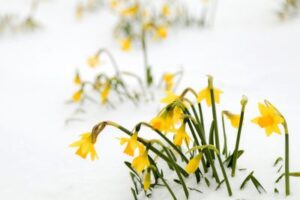
What Your Winterizing Can Do For You
Your plants will enter winter in top shape, maximizing their chances of coming out of dormancy in the spring to full health.
Suppressing diseases is important because having your plants enter winter under-watered can lead to disease outbreaks come spring.
Winter watering encourages your plants to send out root shoots, which will boost flowering next season. You’ll have healthier plants in the spring if their roots are allowed to grow through the winter.
Controlling disease just makes good sense, and letting your plants enter dormancy in top health is an easy way to improve next season’s production.
With these helpful tips, you should be able to save most if not all of your flower garden during this winter season. So instead of spending time winterizing your garden, you’ll be able to enjoy it and spend time with your family in the beautiful weather.


